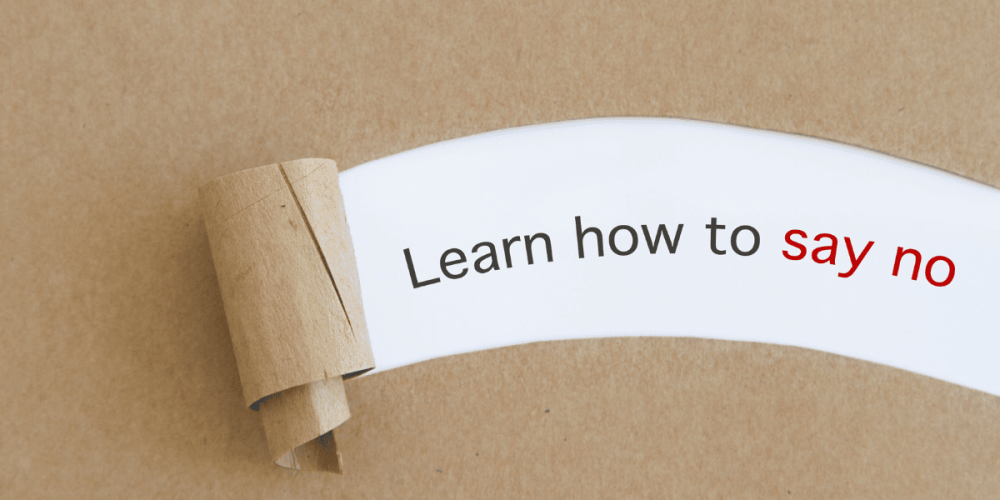This article is mainly written by our intern Simona Tomasekova
Everybody is talking about boundaries. Are they a mystery to you? Are you setting them left and right? And what’s the deal with them, anyway? Boundaries are an invisible force we build and come up against all the time in our relationships. We can improve our relationships and our own wellbeing significantly by learning how to set healthy boundaries and respect those of others.
What are boundaries?
They say no man is an island. However, when learning about boundaries, it can be helpful to think of every person we come into contact with as their little island, with its own rules, restrictions, culture, customs and ecosystem. Boundaries are a way for people to communicate how they would like others to behave on their island. Boundaries protect a person’s physical or mental space, much like fences between neighbours. They involve the limits of appropriate behaviour between people and help define where one person ends, and the other begins.
There are different kinds of boundaries: emotional, material, time/energetic, mental or physical. An example of a boundary might be telling your friend you can only go out on the weekend, telling your partner that you don’t like holding hands in public or telling a co-worker that you’re not comfortable sharing details about your love life. Setting boundaries can improve our quality of life in many ways: it can ward off burnout, decrease stress and resentment, promote our autonomy, self-respect and respect from others and create clear expectations.
How do I set a boundary?
Healthy boundary-setting is about asking: “How can I best take care of myself?” When done correctly, they put us in an empowering position as they clarify what our needs are, what we’d like (not need) others to do to honour them, and how we’ll take care of ourselves if this isn’t possible.
Typically, this involves the formula: feeling + request + self-care strategy (optional). An example would be:
‘I feel overwhelmed when I hear you speak like that [feeling] and would like you to lower your voice [request]. If that doesn’t feel possible, I’m going to go for a five-minute walk and come back when I’ve calmed down [self-care strategy]’.
It should be said, we talk here about boundaries that can help us thrive, and there are also more serious situations where we are being harmed. In this case, we may also need the help of a community, higher authority or the law.

Why is it hard to set boundaries?
There are many reasons we might struggle to set healthy boundaries. It might be the tendency to people-please (put others’ needs above our own- to a fault), fear of missing out, fear of rejection or abandonment, fear of confrontation, guilt, safety concerns. Many people simply carry on the kind of boundary setting (or lack thereof) that was modelled to them in childhood. When our caregivers didn’t model healthy boundaries, it may cause identity problems- as we struggle to know where our self ends and another begins- and how much of ourselves we ‘owe’ others. We must also take care to distinguish demands or threats and boundaries– this is a very delicate line. When setting a boundary, the other person can choose whether to meet our needs, without any threat or coercion. The consequence of violating a boundary will not be to punish the other, but instead to take another action ourselves- we take responsibility for our wellbeing.
Action tips to set boundaries
- When to set a boundary? When you feel overwhelm, resentment or find yourself complaining, it could be a sign that your boundaries are being crossed somehow. However, you don’t need to wait until you feel these things. It’s ideal to set boundaries preventively.
- When you identify the need to set a boundary, do it clearly, calmly, firmly, respectfully, and in as few words as possible. Try not to justify, get angry, or apologize for the boundary you are setting.
- Remember, your behaviour should match the boundaries you are setting. You cannot successfully establish a clear boundary if you send mixed messages. Setting boundaries takes practice and determination. Don’t let anxiety, fear or guilt prevent you from taking care of yourself.
One more thing…
Learning to set healthy boundaries takes time. It is a process. If you are new to setting healthy boundaries, start very small, and build up from there. Initially, you might get a lot of push-back from people who were used to taking advantage of you- as suddenly, you are not doing everything they want you to. As you practice, it is likely you will begin to develop a support system of people who respect your right to set boundaries.



